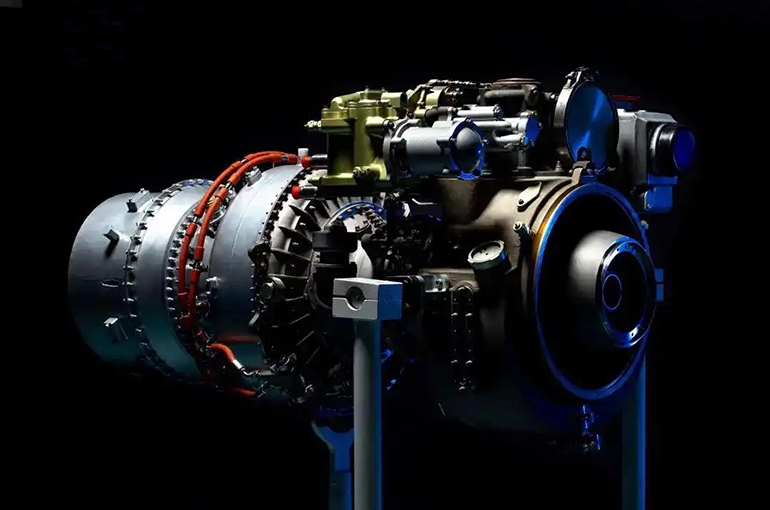 China's Pioneering AES100 Chopper Engine Gets Production Go-Ahead
China's Pioneering AES100 Chopper Engine Gets Production Go-Ahead(Yicai) June 5 -- China’s first fully independently developed advanced civil turboshaft engine, the AES100, has been granted a production license and secured its first sales contract, according to its developer.
This marks a significant step from design and development to mass production, laying a solid foundation for the AES100's market introduction and the advancement of low-altitude equipment, the Aero Engine Corporation of China announced today.
A turboshaft engine is a gas turbine engine commonly used in helicopters, whereas most fixed-wing airplanes use turbofan or turbojet engines.
The state-owned aerospace manufacturer and Shenzhen-based United Aircraft Group have signed a sales and leasing contract for the AES100 engine, which will serve as the core power unit for the six-ton tiltrotor unmanned aerial vehicle Lanying R6000. Delivery is scheduled to be completed by 2026.
According to reports, the AES100 engine is China’s first homegrown 1000-kilowatt-class turboshaft engine. It is designed primarily for light and medium helicopters, as well as for potential use in tiltrotor aircraft and unmanned aerial systems. A tiltrotor aircraft is a type of aircraft that combines the vertical takeoff and landing capabilities of a helicopter with the speed and range of a fixed-wing airplane.
The AES100 engine, which was awarded type certification last August, is capable of performing various missions, including transportation, sightseeing, patrol, law enforcement, and rescue. It features high safety, excellent fuel efficiency, easy maintenance, and broad environmental adaptability. The engine is capable of operating safely and stably under complex conditions, such as icing, heavy rain, and strong electromagnetic environments, according to reports.
Within the next year, several domestically developed aviation engines are expected to make their maiden flights and obtain certification, according to China Central Television. For example, the AECC’s 900-kilowatt AEP100 turboprop engine, based on the AES100 design, is suitable for installation in UAVs weighing between three and 10 tons. This engine has already completed its maiden flight. Additionally, the AECC’s 200-kilowatt AES20 can be used for one-ton class light helicopters.
Editor: Emmi Laine